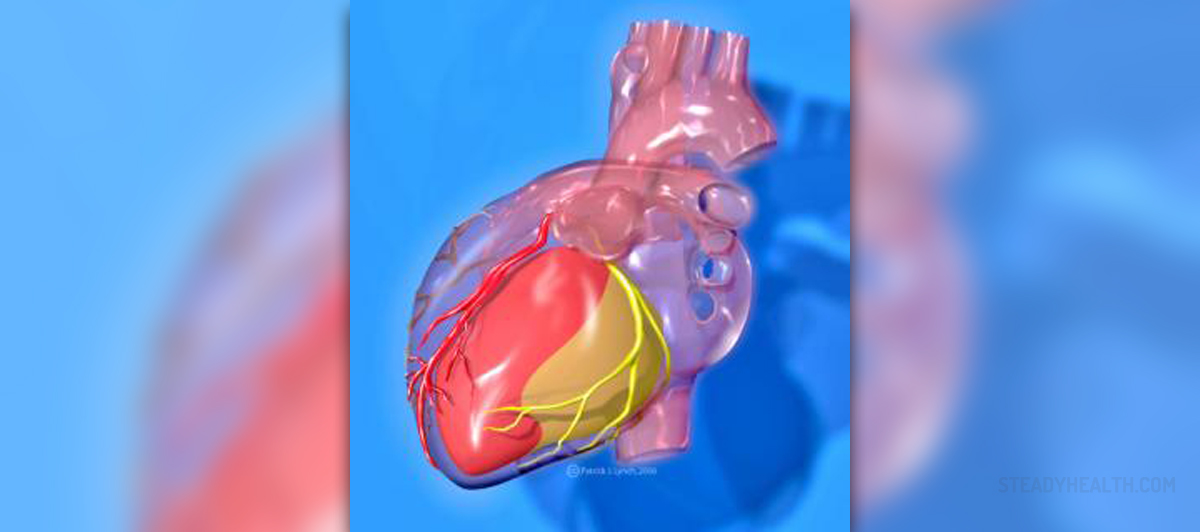
Structure and function ofthe circulatory system
The purpose of the circulatorysystem is to, as its name says, circulate something through theorganism. This 'something' is the blood. Blood carries everything thatneeds to be carried from one place in the organism to the other. Thisincludes nutrients from the digestive system that will beincorporated into the cellular structures or used as fuel, oxygenfrom the lungs than needs to be delivered to every single cell in thebody, carbon dioxide, a product of metabolic breakdown of manysubstances and cellular breathing, which needs to be removedconstantly as it is toxic in high concentrations, dead cells,metabolic waste that should be removed from the organism.
White bloodcells, that serve as law enforcement of the organism, fightingharmful viruses and bacteria or neutralizing foreign, toxicsubstances. Central organ of the circulatory system is the heart. Itis basically a pump. Blood needs to be on the move constantly tofulfill its various roles. Blood passes through two major types ofblood vessels, arteries and veins. Maximally simplified, veinscollect 'used' blood from all over the body and this blood ends inthe heart's right ventricle, from where it is sent to the lungs.There the blood gets rid of excess carbon dioxide and receivesoxygen. This blood returns to the heart (left ventricle) from whereit is pumped into the arteries through the aorta.
Arteries carry blood ashighways. They gradually branch off to arterioles and finally tocapillaries, which reach between the cells. If the body was a cityand cells were flats, large blood vessels would be streets, andcapillaries would be corridors in buildings.
Peripheral vasculardisease
As noted, the flow ofblood must be uninterrupted or there will be problems. Any sort ofproblem, disease or disorder of the peripheral circulatory systemoutside the brain or heart is referred to as peripheral vasculardisease but this term is usually applied to disease of peripheralarteries. In some cases, fatty material gets deposited on the wallsof the arteries, narrowing or blocking them and making their wallsrigid (it is muscular and should be flexible). This is known asatherosclerosis, and it is a gradual process. Typical 'victims' ofatherosclerosis are arteries in the legs, arms, or arteries that leadto kidneys. The region of the body which is supplied through blocked ornarrowed artery gets insufficient oxygen. This condition is known as ischemia, and its symptoms will depend on the affected region ororgan, but generally include pain, cold feet, and bluishdiscoloration of the region. Frequently, there are no symptoms. Ifunderfed, the affected region will ultimately die off. this meansthat ischemias should not be left untreated.
Prevention
The most you can do to preventperipheral vascular disease is to make changes in your lifestyle inorder to reduce risk factors. In example, do not start to smoke, orquit smoking. Do not eat foods with high fat content and do not puton excess weight. At least half an our of physical activity such aswalking is required every day. Control high blood pressure regularlyand take steps to lower the LDL cholesterol levels. Diabetics shouldbe extra careful with their blood sugar levels.


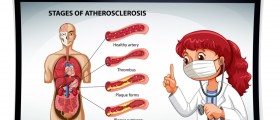
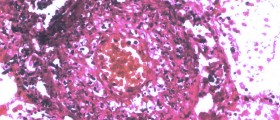
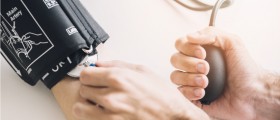
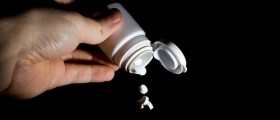

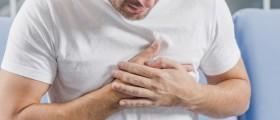

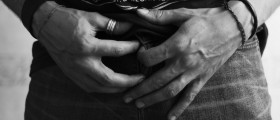

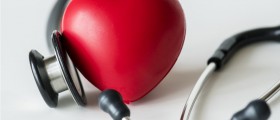
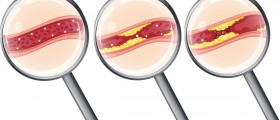


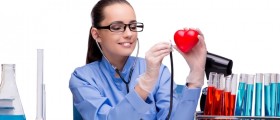
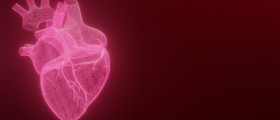
Your thoughts on this
Loading...